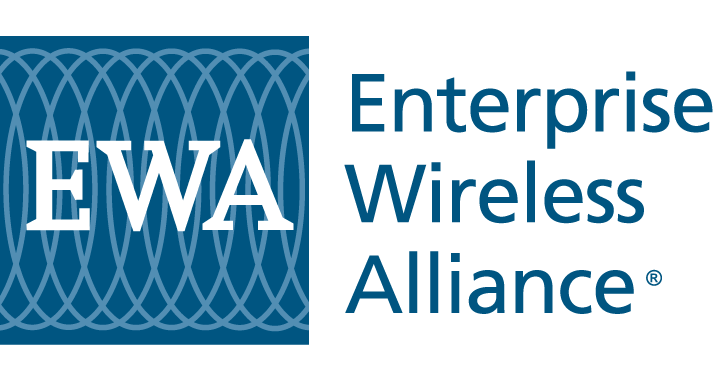Failure to Communicate
Sometimes the magic works, sometimes the magic fails miserably. Our readers know that a long, long time ago when EWA was known as ITA, ITA entered into a Memorandum of Understanding (MOU) with the FCC’s Compliance and Information Bureau (now the Enforcement Bureau) with the objective of, among other enviable purposes, to “provide the industry with a sense of confidence that their systems will be vigorously protected from interference caused by non-compliant and unlicensed operators.” A very worthy cause, and EWA is still at it.
In fact, this year alone, EWA has received twenty-one requests for assistance to resolve interference cases. The basic tenets that are supposed to make shared channels functional for everyone involved is that co-channel licensees are either willing or motivated to cooperate with one another. When the interfering party is identified, knows that they are the source of an interference event, but refuses to engage, the wonderful vision of providing licensees that “sense of confidence” evaporates, and EWA knowingly enters the interference battlefield armed with a pea shooter. When the interfering licensee tell you to go pound salt, these cases are referred to the Enforcement Bureau which, through no fault of their own due to lack of funding and other pressing priorities, essentially dooms the matter to the abyss.
The following is real case in 2016 that illustrates all that can go wrong. Two nationally known corporations—one a major manufacturer and the other engaged in e-commerce—had been sharing one 450 MHz frequency for four years. EWA was the coordinator for the manufacturer; another coordinator assisted the e-commerce entity. The manufacturer stated that they were receiving harmful, life-threatening interference from the e-commerce provider’s facility in the form of continuous data signals and failure to monitor the channel for communications in progress.
EWA reviewed the e-commerce entity’s license, and the technical parameters reported did not appear to match the description of their operational communications. Calls were made to representatives of the e-commerce entity, and we were advised all was in order, and that the licensee had no desire to engage in any discussions on the subject.
In the meantime, the manufacturer demanded an immediate solution and placed a significant amount of responsibility on EWA for certifying their use of the shared channel four years ago, as if we knew or could predict the e-commerce entity’s actual operational characteristics and future apathy. What is particularly offensive is the fact that EWA, through its MOU with the Commission, must engage in these matters while the coordinator for the e-commerce entity, receives a pass.
In the end, EWA identified and coordinated alternative exclusive use channels for the manufacturer and discounted its fees. The manufacturer’s service shop retuned 100 mobile units and transmitters at his expense. Across town, the e-commerce licensee must have been grinning.
